

_1722505419_WNo_1600d900.webp)
When you walk into a clothing store, the sleek, stylish mannequins often catch your eye, showcasing the latest fashion trends. These mannequins are not just lifeless figures; they are carefully designed to reflect an idealized version of the human form. One question that frequently arises is: What size are most female mannequins?
● Standard Sizes And Custom Made
● Factors That Influence Mannequin Size
● How to Choose the Right Mannequin Size
Standard Sizes:
Most female mannequins are designed to represent a size that aligns with the average proportions of a runway model. Typically, these mannequins have the following measurements:
These measurements align closely with a US size 2-4, which is significantly smaller than the average woman’s size.
Personalization:
To better showcase specific clothing styles or designer pieces, many brands opt for custom mannequins. These custom mannequins can precisely reflect the fit and details of the garments, thereby enhancing the overall presentation. They are commonly used for high-end bespoke clothing, lingerie, swimwear, and other apparel that demands a precise fit.
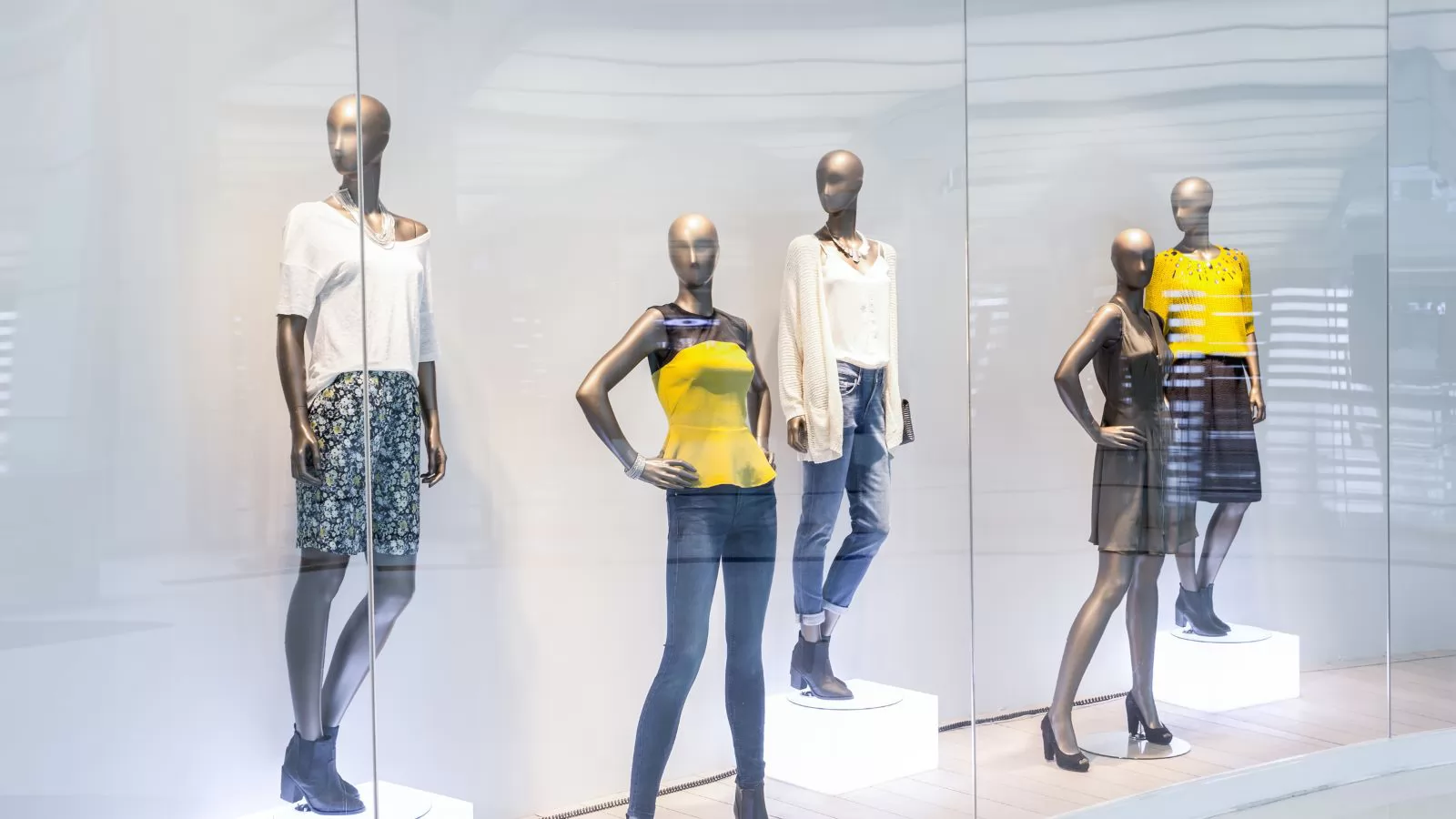
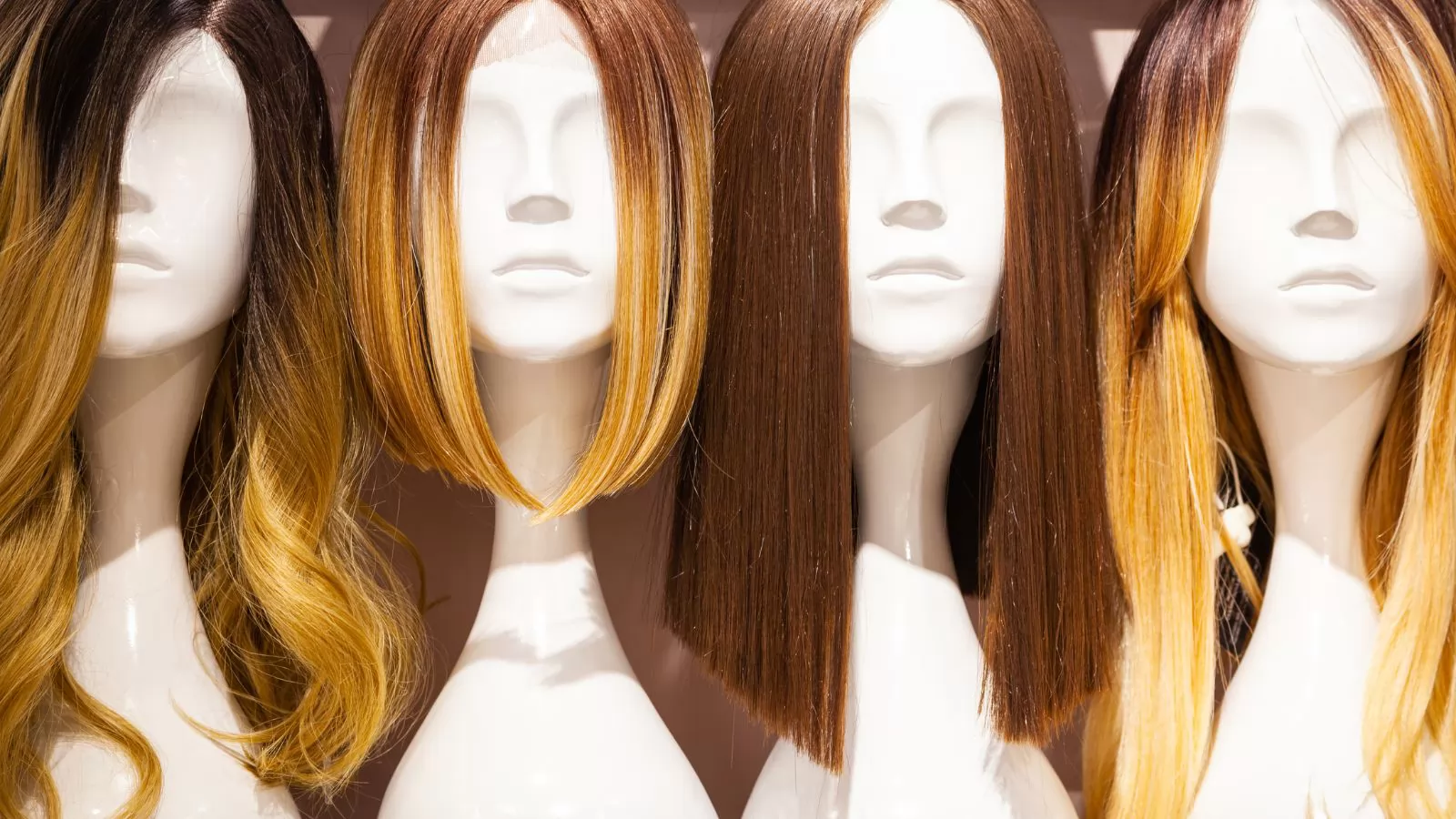
First and foremost, it is essential to understand the target customers. This involves identifying the specific group of people the clothing is designed for and gaining a thorough understanding of their body characteristics and personal preferences. Knowing your target customers helps in selecting a mannequin or model that closely represents them, ensuring that the clothing appears appealing and relevant to the intended audience.
Next, reference the clothing size carefully. Selecting a mannequin that matches the clothing size is crucial to showcasing how the garment will fit and drape on a real person. This step ensures that the clothing is presented in the best possible light, highlighting its fit and style accurately.
In addition to size, consider the clothing style. Different styles of clothing have unique requirements when it comes to the model's body shape. For instance, certain fashion styles might look better on models with specific body types. Therefore, it’s important to choose a mannequin or model that complements the clothing style, enhancing the overall visual appeal of the garment.
Whenever possible, conduct an on-site try-on. If conditions allow, trying the clothing on a model can provide invaluable insights into the garment's suitability. This step allows for adjustments and fine-tuning to ensure the best possible fit and appearance. An on-site try-on can reveal how the clothing moves and looks in a real-world setting, providing a more realistic and practical assessment.
By following these steps—understanding the target customers, referencing clothing size, considering the clothing style, and conducting on-site try-ons—you can ensure that the clothing is presented in the most effective and attractive way, ultimately increasing its appeal to potential customers.
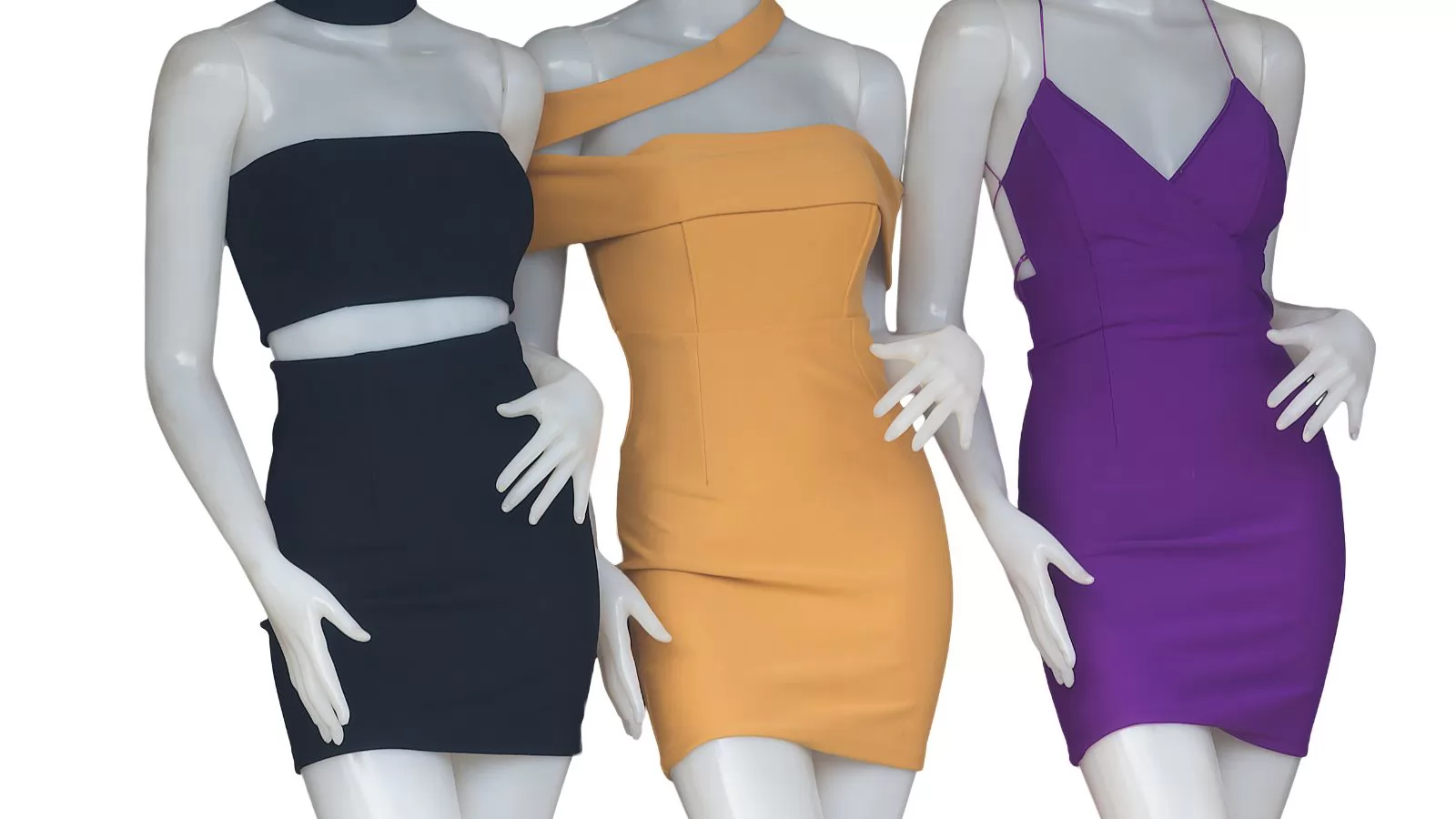
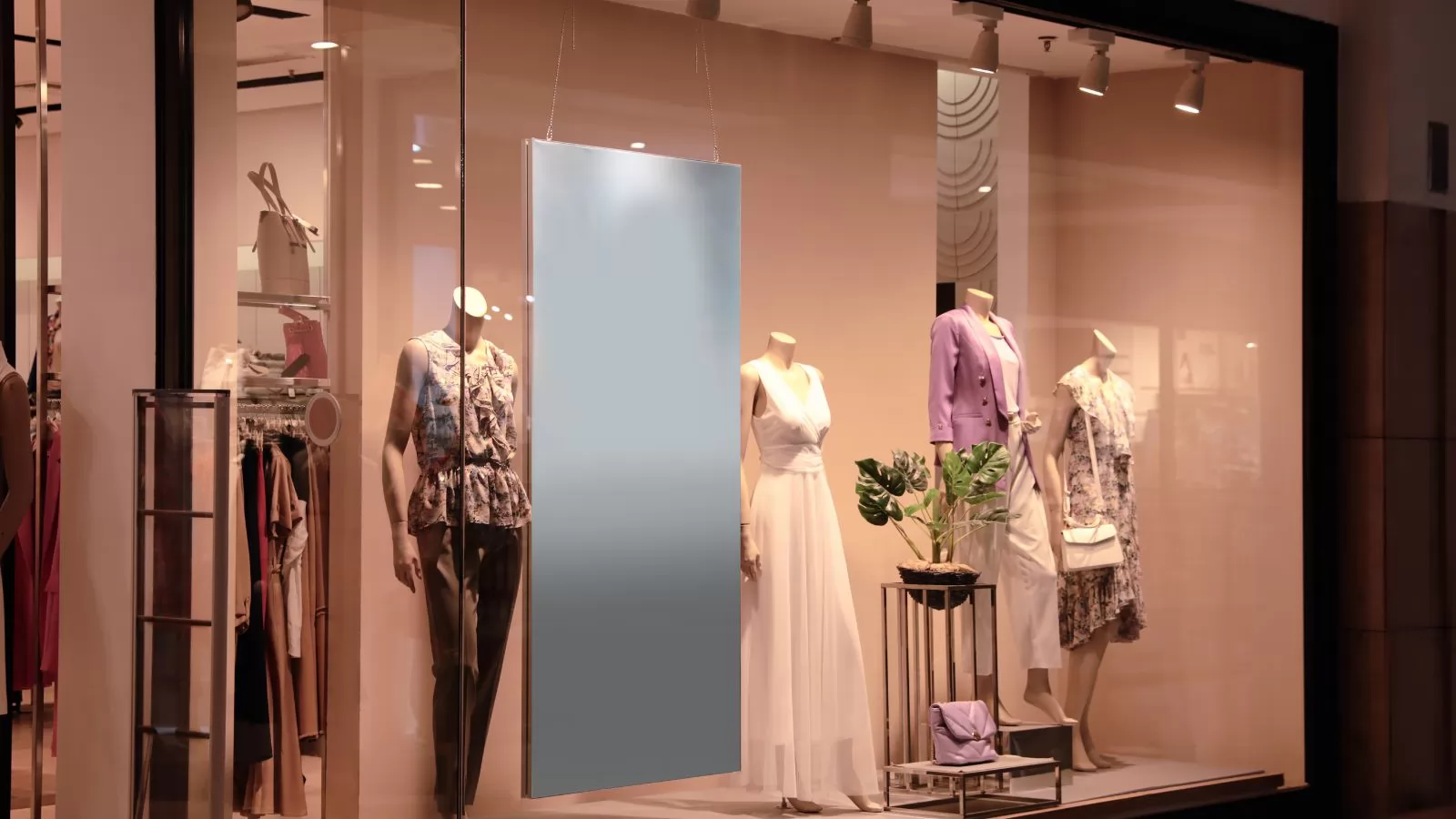
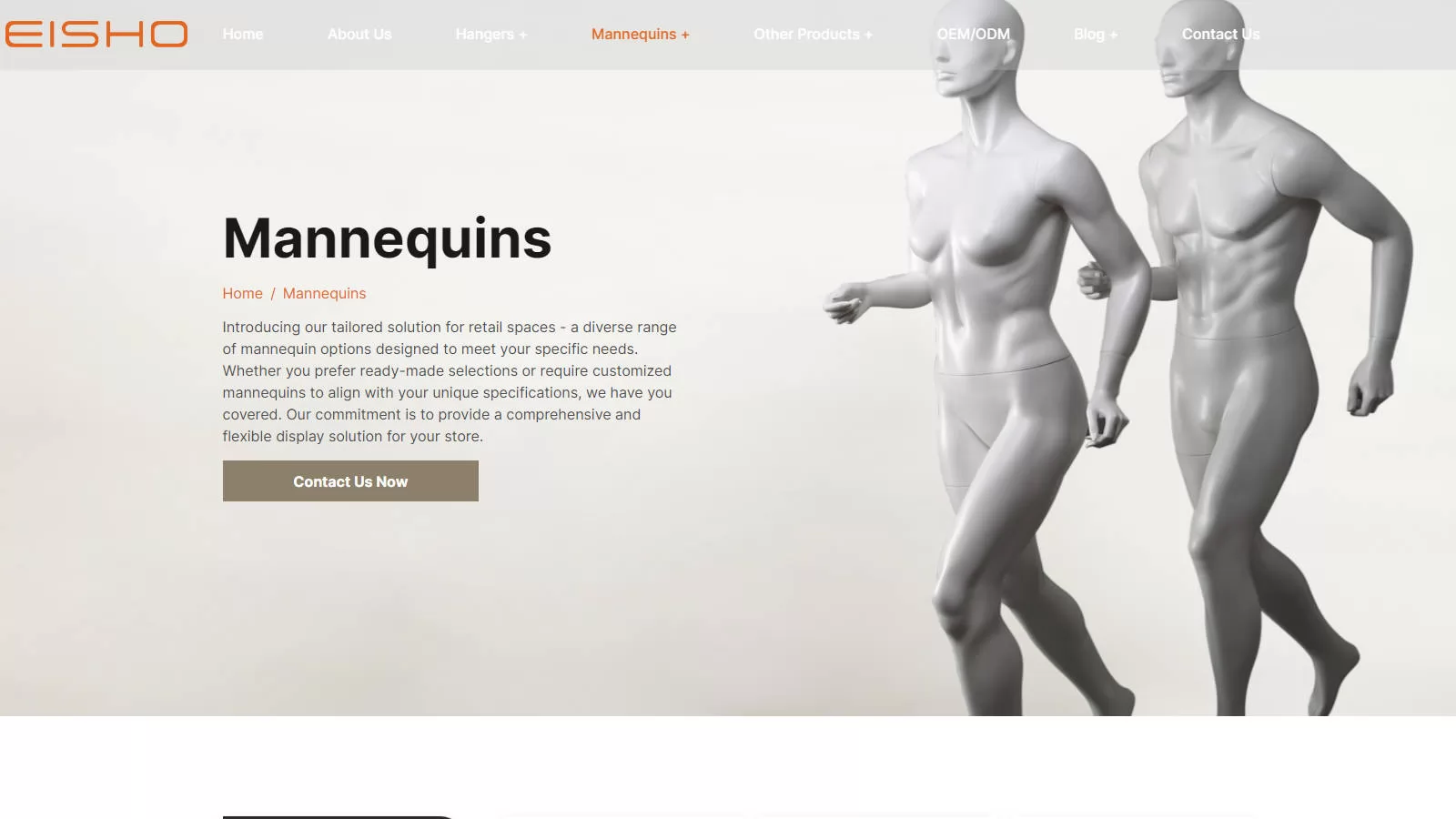
While the standard size for most female mannequins is around a US size 2-4, reflecting a model-like figure, there is a notable shift towards inclusivity. The introduction of mannequins with more realistic and diverse body sizes in retail stores is a positive step towards embracing and celebrating the variety of body types found in the real world. As this trend continues, we can hope to see a more accurate representation of women in the fashion industry, promoting a healthier body image for all.
If you need a reliable hanger manufacturer, then it is recommended to contact Eisho. Eisho is a professional manufacturer and exporter of designing and manufacturing hanger products.







